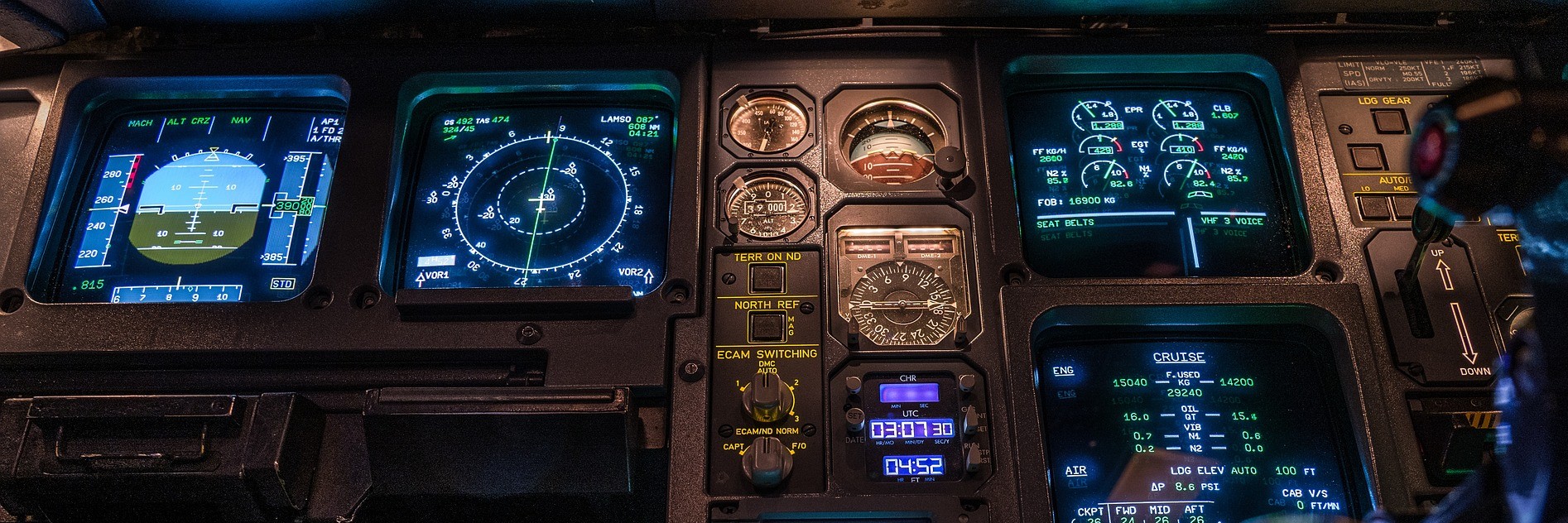The Most Important Aircraft Systems: Normal Operation and Failures
If there is something that characterizes aircraft systems, then that is redundancy. Planes are the safest transport mode, and this is largely thanks to the availability backup systems in case the main one fails.
In this article we will briefly present how the main aircraft systems work and what happens when they fail at normal operation.
Engines
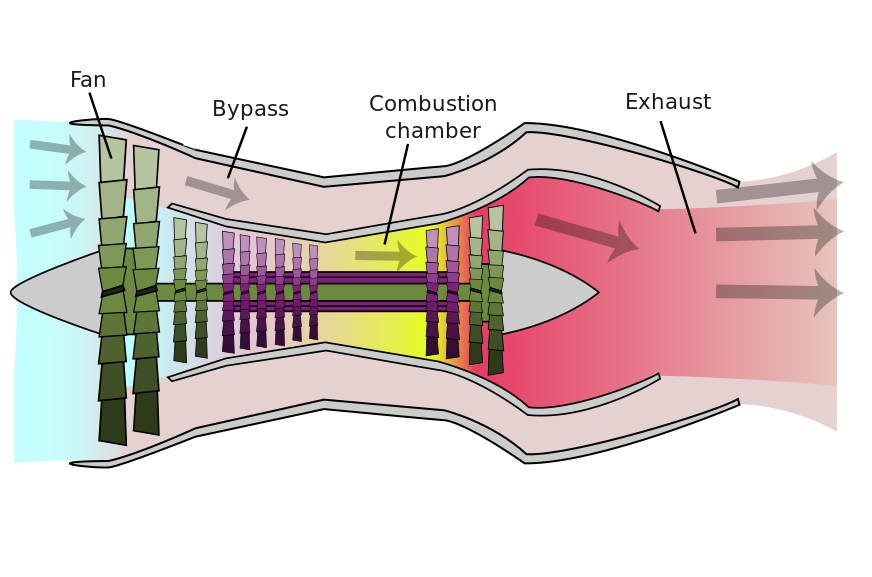
Airlines want two things from an engine: high thrust and low fuel consumption. In 1950, Rolls-Royce introduced the Conway engine to pave the way for meeting those two requirements. Rolls-Royce engineers observed that the hot gases released at the back still carried a lot of energy that could be used to create additional thrust. To do so, they designed a large “fan” in front of the engine that would guide air around it, without even passing through the combustion chamber (a bypass). When merging with the hot exhaust gases, it would heat up and accelerate, leading to additional thrust.
Modern planes have high bypass turbofan engines where almost 90% of the air never enters the combustion chamber. The fan is the large blade array you see when facing the engine. The main suppliers of these are Rolls-Royce (UK), Pratt & Whitney (US) and CFM International (US-France).
The FADEC (Full Authority Digital Engine Control) is able to automatically start the engines, maintain them at the highest possible efficiency, monitor their health, and prevent them from reaching any scenario out of its specifications. The FADEC has two channel redundancy. Engines are also built to withstand bird impacts or ice buildup.
Planes can still fly with just one engine. In this scenario, the pilot needs to adjust the rudder to the direction of the faulty engine to compensate for the imbalance in thrust, but the wings continue producing the lift that keeps the plane flying. In any case, planes with a failed engine will quickly aim for landing since this reduces their capability to cope with adverse weather or any other challenging situation.
Pneumatic system
But the engines do more than “just” pushing the plane forward. Both engines have bleed valves that release hot and high pressure air towards the air conditioning, hydraulic and anti-icing systems. We will cover these systems separately later.
Since the bleed air serves so many important systems, redundancy is a must. If one engine fails, the other one can take over the supply for all systems. If both engines fail, or, if both bleed valves fail while the engines are still functional, an APU (Auxiliary Power Unit) located at the tail will be activated and continue with the supply.
Hydraulic system
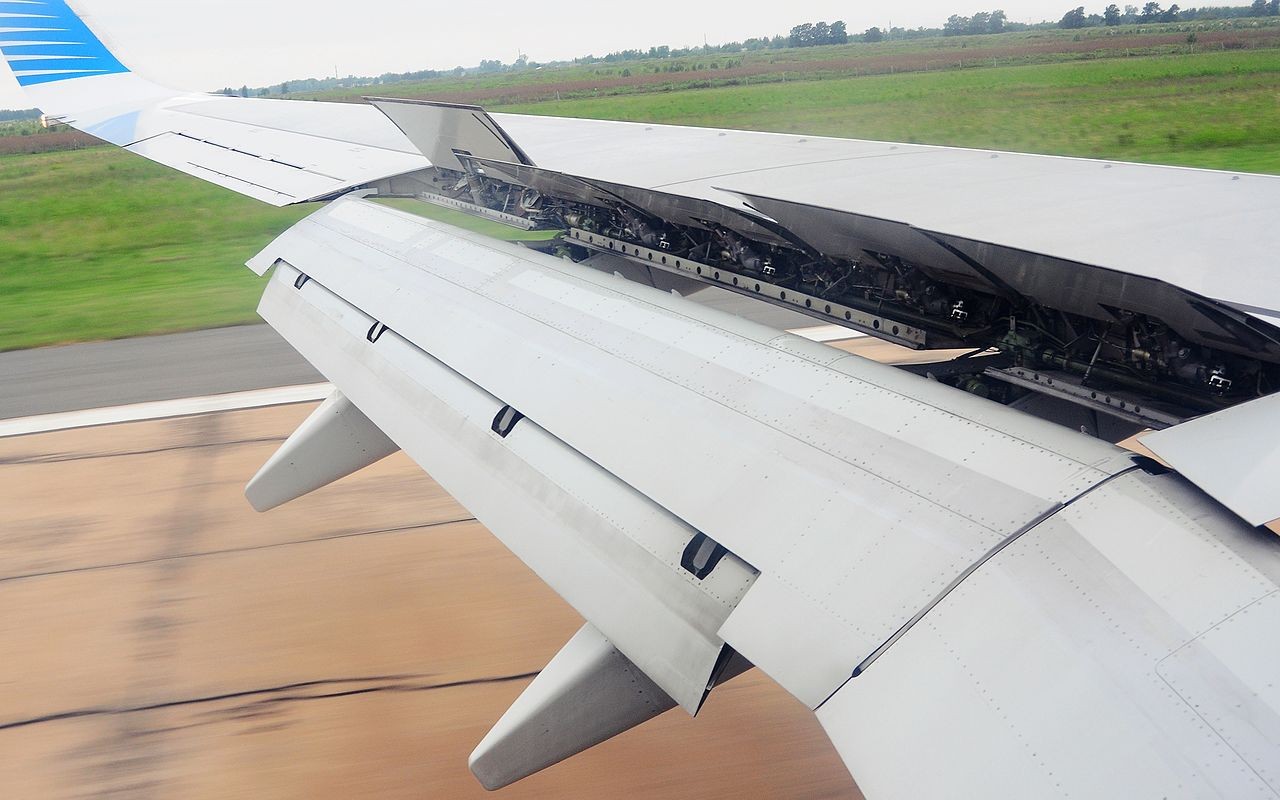
The hydraulic system is used to move all the wing surfaces that control the motion of the plane: ailerons to roll, rudder to change direction, elevators to climb up or down, flaps to increase lift at low speeds, and spoilers to increase drag during landing. This is done by applying pressure through a piston to a liquid network that transmits this pressure to the surfaces to be moved.
Redundancy is again a must here. There are three independent hydraulic lines, each capable of serving all wing surfaces. They are usually color coded as:
You might be wondering, what is the RAT turbine? This is a small turbine that is normally not visible, but drops down from the fuselage when bleed valve power is lost. The RAT does not consume any fuel, it is simply faced towards the incoming air and allowed to rotate to generate electricity, similar to windmills used for electricity production.
Another important asset of the hydraulic system is the PTU (Pressure Transfer Unit), used to pressurize any line using energy from another functioning one. This pump is quite loud, and can be usually heard as a “barking noise” when the plane is by the gate and only one engine has been started, forcing the PTU to transfer power to the hydraulic system of the yet inactive engine.
Air conditioning system
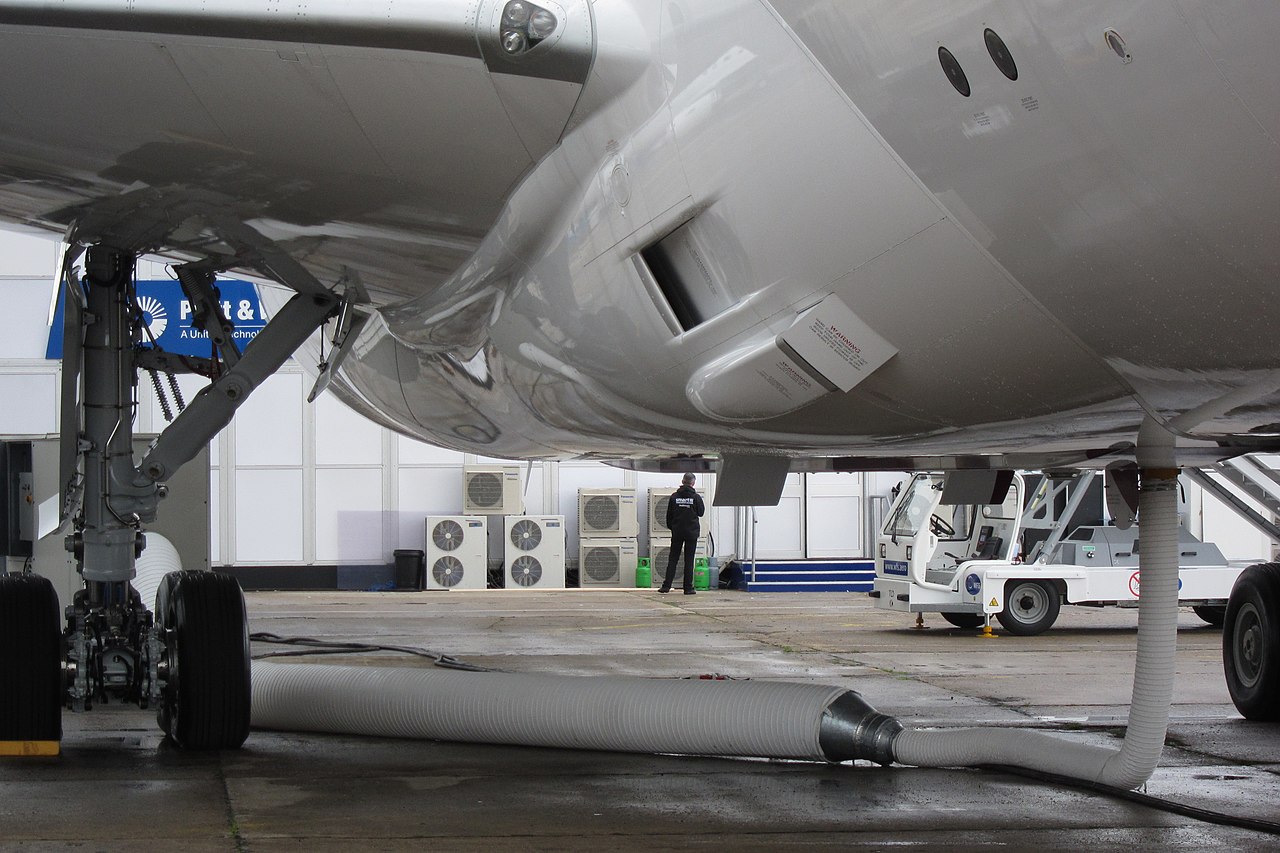
This system takes care of the temperature conditioning, pressurization and ventilation of the cabin. At high cruising altitudes, the external temperatures are in the order of -50oC (-58oF) and the pressures about 20 kPa (80% lower than at ground level, 101 kPa). The goal is then to heat up the cabin and increase it's pressure.
But to do that, you would not want to send the 200oC air from the engine bleed directly into the cabin. Intermediate PACK controllers and valves are used to filter this air and mix it with external until the desired pressure, temperature and humidity are reached. Pilots can always adjust these parameters, but the usual values are 20oC, 75 kPa and relative humidity of 20%.
By now, you will not be surprised to hear that the PACK system is also redundant. There are two of them, each connected to one of the engines. In some cases planes are allowed to depart with a single functioning PACK unit. In this case, the pilot is not allowed to go over 31,000 ft altitude to ensure a shorter descent in the event that the functional PACK is also lost.
With no functioning PACKs, an independent oxygen supply will the deployed with individual masks. The oxygen usually lasts for 15 minutes, enough to descent to an altitude where the pressure is high enough for passengers to continue with only external air.
Anti-icing system
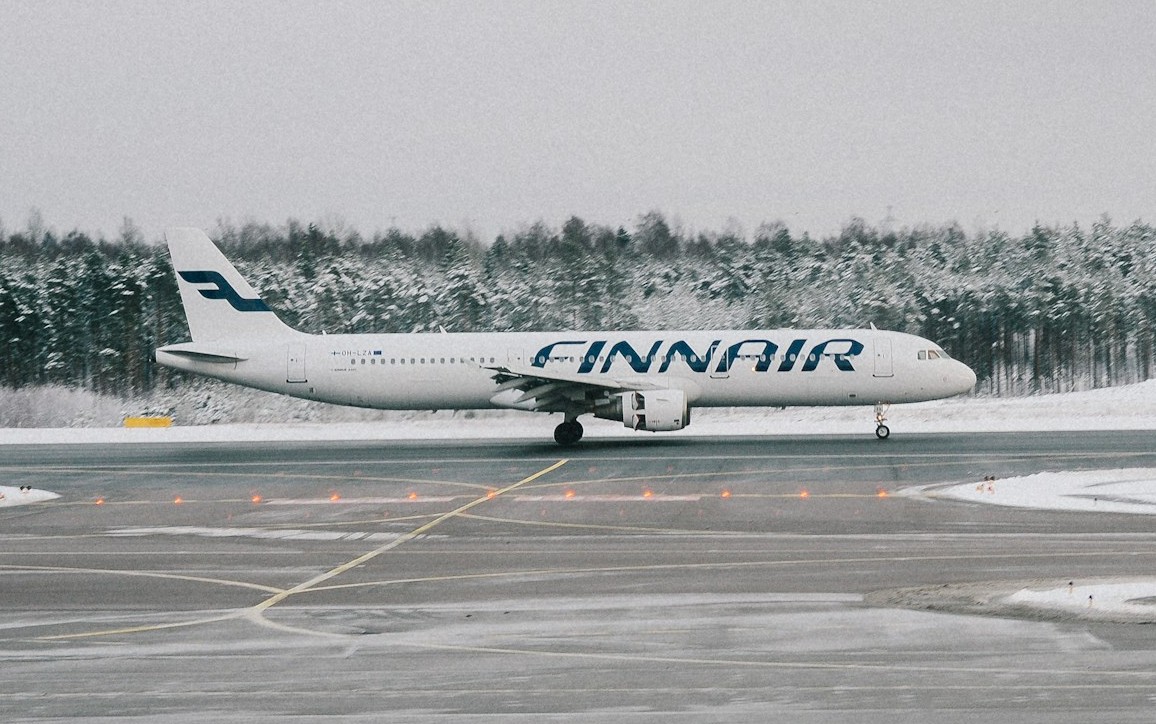
This system melts or shatters any ice that accumulates over the leading edges of the wings and engines. Ice accumulation is a critical issue since it can make it very difficult to control the plane movements.
The 200oC engine bleed air comes in handy to solve this problem, so it is simply circulated over the wings and engine leading edges to ensure melting. Anti-icing is not enabled all the time, it is only activated when icing risk has been forecasted, or when pilots observe that it could happen using the in-flight measurements of temperature and humidity. If these fail to provide a reading, there tiny probe in front of the cockpit window that is prone to collect ice and can be visually inspected.
The elevators and rudder at the back are generally not heated with engine bleed. This is because most planes can fly safely with a thick layer of ice over them without affecting maneuverability. In some cases, heating might be mandatory, and since these areas are far from the engine, they are electrically heated.
Landing gears
The landing gear system is designed to monitor the health of the breaks and to extend the gears.
The landing gears are extended with an hydraulic actuator that is controlled electrically from the cockpit. If these fail, pilots can manually turn a crank that will unlock the gear doors and allow the gear to drop down through gravity.
When landing, an anti-skid system monitors the speed of the plane and the rotational speed of the wheels to determine if there are in pair. If not, the brakes are momentarily released to allow the wheels to catch up and prevent aqua planning or sliding from excessive brake force.
Thanks to the auto-break systems, the pilot does not need to push down the pedal to tune the deceleration rate, but rather input the values in the computer. Auto-break can also be used for a rejected takeoff.
Electrical systems
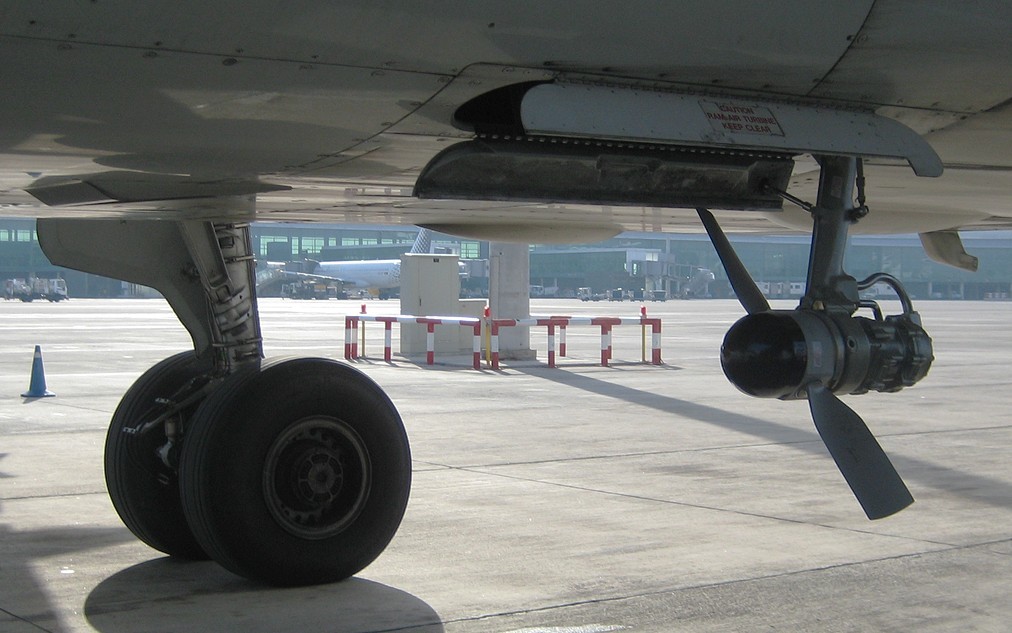
This system provides electricity to all aircraft parts requiring it: the pilot displays in the cockpit, the cabin lights, valves, hydraulic actuators, etc.
The electricity is provided by a an two electric generators coupled to the engines, each able to deliver about 90 kW power. If those fail, the APU generators at the tail can take over. If this one is not available either, the RAT turbine generator will start and and make its first priority to extend the landing gear. Once this is done, the RAT generator is stopped and two batteries with a capacity of 23 Ah take over.
Lighting strikes are quite common in aviation, so the electrical system has been carefully insulated from the beginning by using metallic meshes and surge protectors (devices that stop the current when a voltage spike passes).
Navigation system
The navigation system is used to guide the plane safely along its route.
To do this, the first thing is to determine the position accurately. Modern planes use the IRS (Internal Reference System), which combines GPS and radio data with accelerometers distributed around the plane, resulting in a position accuracy of less than 100 m (0.05 nm). In the event that GPS signal is lost, and this can happen due to malfunctioning satellites or to frequency jamming, planes can use their accelerometers to estimate the velocity and distance traveled from the last known position.
ATC (Air Traffic Control) gathers the positions from all planes and uses them to ensure that sufficient separation is added to prevent collisions with other planes. Planes are also equipped with a TCAS (Traffic Collision Avoidance System) that tracks all planes in the vicinity and emits an alarm when it considers that there is risk for collision.
During the route, the pilot will follow the flight plan submitted shortly before the flight, unless modifications are agreed with ATC. This flight plan consists of a series of waypoints (or coordinates) that the plane needs to cross. The navigation system allows the pilot to simply enter such coordinates in the computer and let the software adjust the rudder and other wing surfaces to maintain the route.
Cockpit display systems
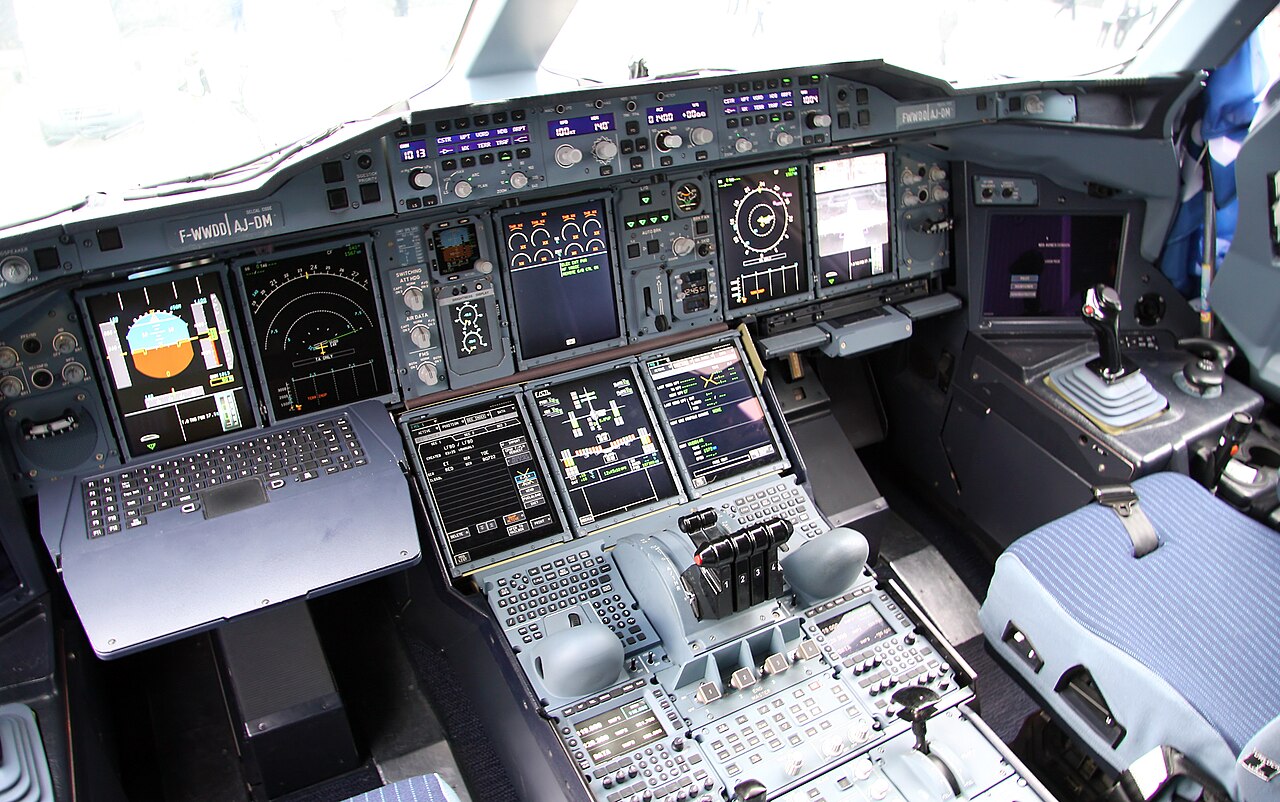
All the systems that we have described are monitored through the the display system. This one can be roughly divided into three main screens.
If the entire cockpit display fails, older aircraft still have mechanical gauges that will provide information on the altitude and orientation. In newer ones, this backup system has been replaced with the Integrated standby instrument system (ISIS), which is basically a more compact display of the standard display.


